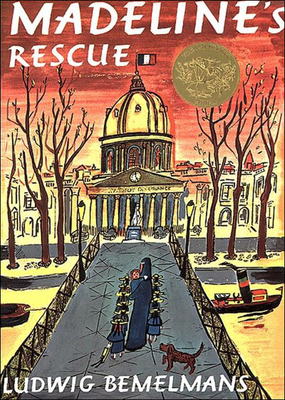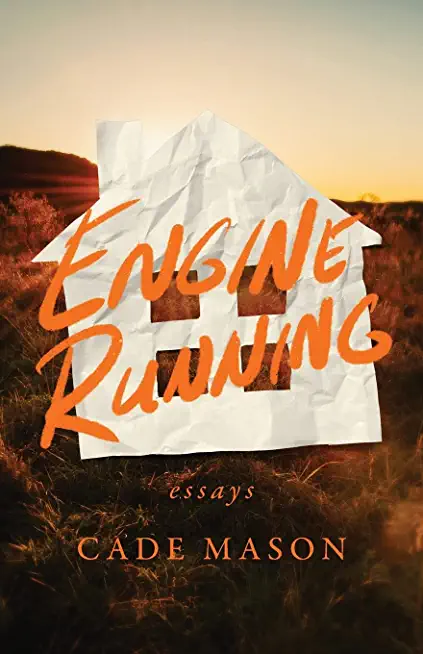
description
em> column, "Elements of Fiction," John Mullan offers an engaging look at the novel, focusing mostly on works of the last ten years as he illuminates the rich resources of novelistic technique. Mullan sheds light on some of the true masterworks of contemporary fiction, including Monica Ali's Brick Lane, J.M. Coetzee's Disgrace, Don DeLillo's Underworld, Jonathan Franzen's The Corrections, Mark Haddon's The Curious Incident of the Dog in the Night-Time, Patricia Highsmith's Ripley under Ground, Ian McEwan's Atonement, John le Carré's The Constant Gardener, Philip Roth's The Human Stain, Jonathan Safran Foer's Everything Is Illuminated, and Zadie Smith's White Teeth. He highlights how these acclaimed authors use some of the basic elements of fiction. Some topics (like plot, dialogue, or location) will appear familiar to most novel readers, while others (meta-narrative, prolepsis, amplification) will open readers' eyes to new ways of understanding and appreciating the writer's craft. Mullan also excels at comparing modern and classic authors--Nick Hornby's adoption of a female narrator is compared to Daniel Defoe's; Ian McEwan's use of weather is set against Austen's and Hardy's.
How Novels Work explains how the pleasures of novel reading often come from the formal ingenuity of the novelist, making visible techniques and effects we are often only half-aware of as we read. It is an entertaining and stimulating volume that will captivate anyone who is interested in the contemporary or the classical novel.
How Novels Work explains how the pleasures of novel reading often come from the formal ingenuity of the novelist, making visible techniques and effects we are often only half-aware of as we read. It is an entertaining and stimulating volume that will captivate anyone who is interested in the contemporary or the classical novel.
member goods
No member items were found under this heading.
Return Policy
All sales are final
Shipping
No special shipping considerations available.
Shipping fees determined at checkout.







